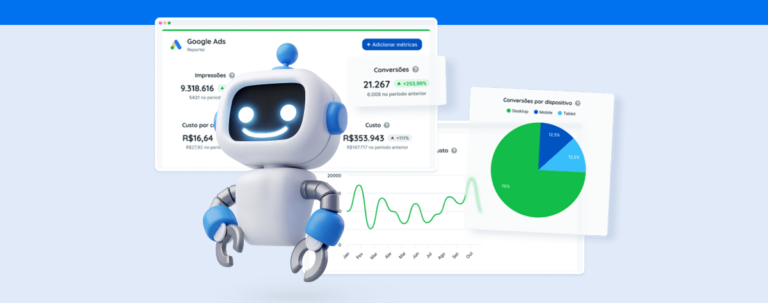Understanding your company’s customers well is a challenging task, but it cannot be overlooked
By deeply understanding your consumer, you’re able to organize your brand in a way that attracts, converts, and retains the audience much more easily and with lower costs. The more you know about them, the more effective your actions are!
The ways to acquire such data vary, but among the available tools, Buyer Persona is the most essential.
This is because, with a single strategy, you’ll be able to cover all pertinent information and structure a guide to understand, know, and influence your consumer.
To discover how to apply this tool in your company, stay with us and happy reading!
What is a Buyer Persona?
A buyer persona can be defined as the representation of a company’s ideal customer. Created from real audience data, this fictional character is the ideal tool for bringing not only veracity but also information that no other technique can provide about customers.
The great advantage of having a persona is that it will function as a customer who is always willing to answer all the questions the brand has.
Like a consultant, this ideal consumer brings information such as needs, pain points, objectives, and even objections against the company, giving the necessary tools for the brand to adapt to the audience.
With the almost rampant growth of e-commerces and marketplaces, stimulated even more during the pandemic period, the competition has never been as broad as it is now.
Thus, to stand out in the market, it’s crucial to offer personalized content and products to consumers.
The idea of adapting to customer needs and working with total focus on them has a name, which is Customer Centric.
The persona assists in various marketing strategies and provides the necessary data so that campaigns can be chosen in the best way, but where it helps the most is in this customer-centric approach.
This is simply because, to have a focus on the consumer, you need to know them deeply!
What many companies wonder is whether a persona is really necessary, or if just having a target audience definition we are able to understand everything that is necessary about consumers. And that’s the question we’re going to answer now!
What’s the difference between Persona and target audience?
For you to really understand this distinction, let’s use an example.
Imagine you own a women’s clothing e-commerce and come across these two definitions of your customers:
- Definition 1:
Women between 20 and 45 years old, living in Brazil, interested in fashion. They don’t have deep technical knowledge on the subject but are always attentive to market trends.
- Definition 2:
Marina is a 27-year-old woman living in Salvador. The advertising professional divides her time between working at a large agency and her home, where she lives with her husband and two children. To stimulate her creativity, Marina likes to stay attentive to fashion and cultural trends and brings this knowledge into her daily life, whether in her home’s decoration or in her clothes. Her main pain point is not finding the clothes she sees in fashion magazines in her city’s stores, but she feels insecure about purchasing pieces online.
Which of these options do you think is the persona?
The correct answer is definition 2, because it provides much more detail than definition 1, which represents the target audience.
The great difference between these two tools is their specificity. This does not mean that one is better than the other, or that one excludes the other, but that they have different functions.
To think about customer engagement and retention strategies, the persona is ideal, as it shows you not only who the customer is but what they need and their pain points regarding that need.
In our example, we know we need to provide Marina with the fashionable clothes, but also give enough security for the advertiser to feel comfortable shopping online.
One way to do this could be with a customer service system that helps her choose the ideal piece for her body type and taste, as well as offering a cost-free return of the product in case she doesn’t like it when she tries it on.
Conclusion
Developing a persona is a somewhat lengthy and laborious task, but still very profitable. It saves you time, effort, and expenses in the future!
Now that you know the importance of this tool for your company, what do you think about getting started and creating your own persona?





